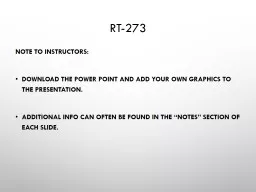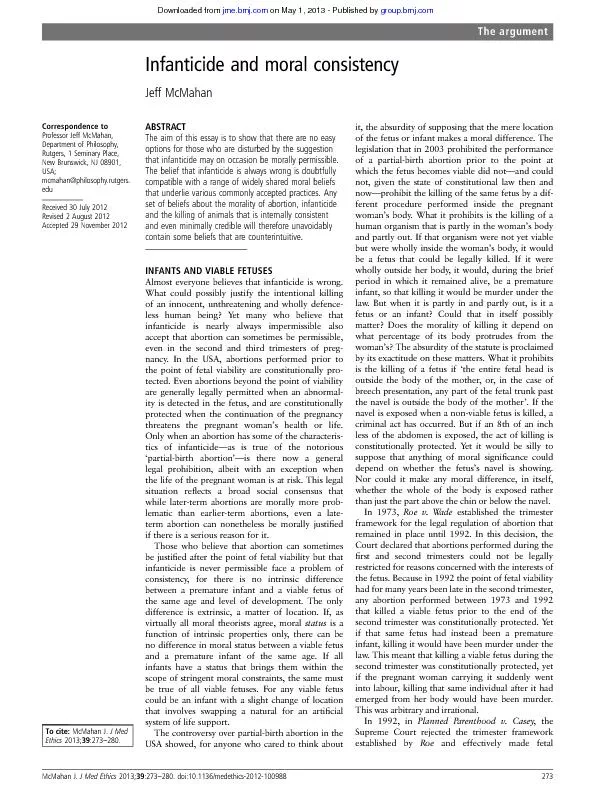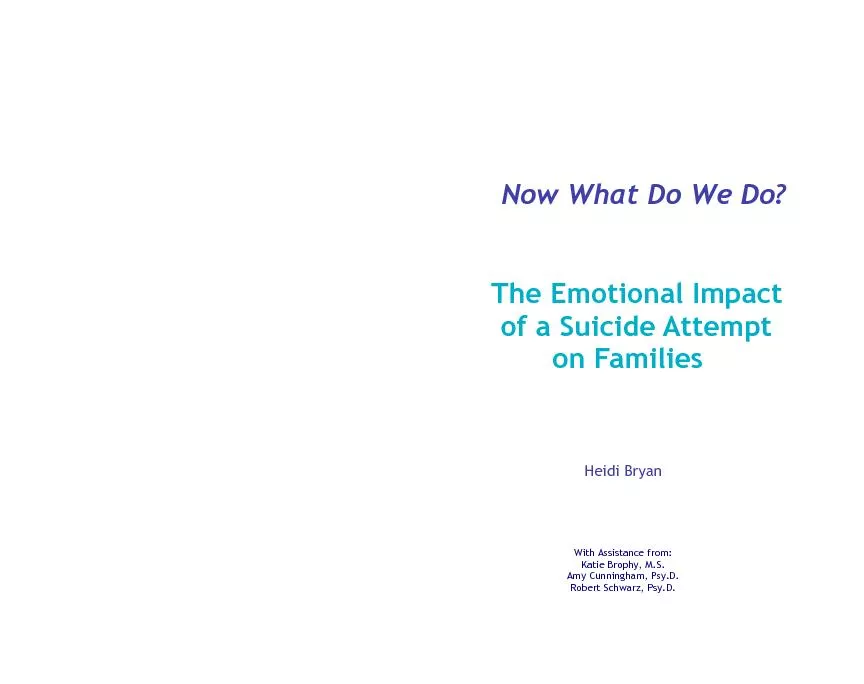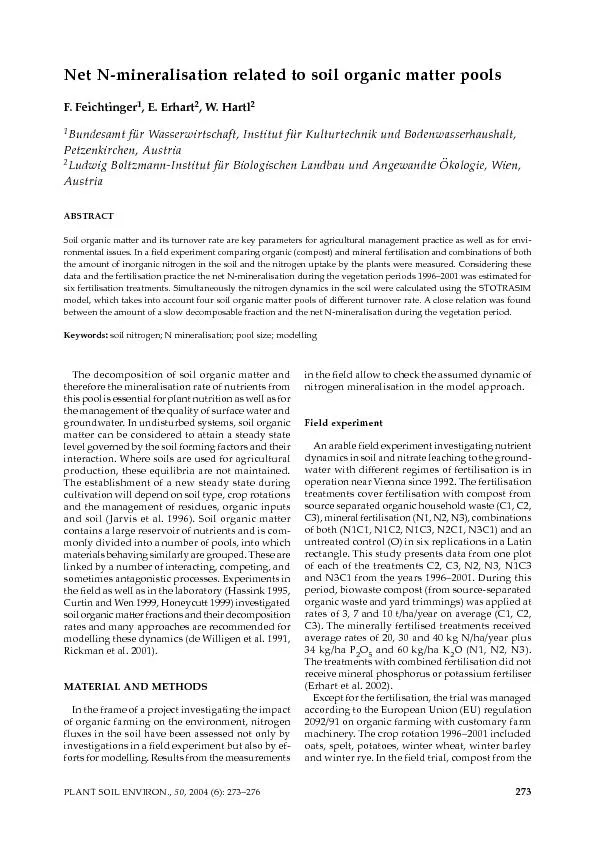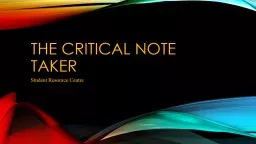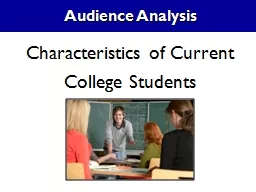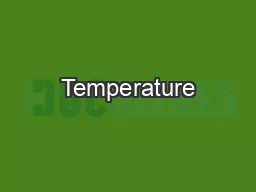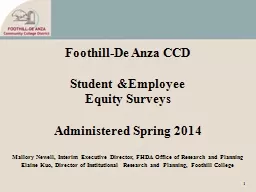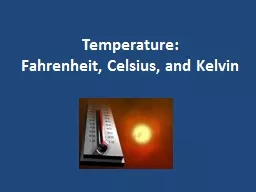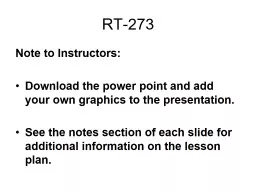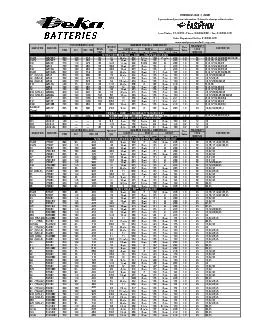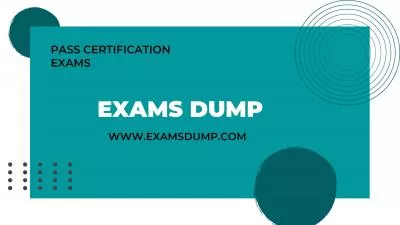PPT-RT-273 Note to Instructors:
Author : kittie-lecroy | Published Date : 2018-10-06
Download the power point and add your own graphics to the presentation Additional info can often be found in the notes section of each slide RT273 Retardant Review
Presentation Embed Code
Download Presentation
Download Presentation The PPT/PDF document "RT-273 Note to Instructors:" is the property of its rightful owner. Permission is granted to download and print the materials on this website for personal, non-commercial use only, and to display it on your personal computer provided you do not modify the materials and that you retain all copyright notices contained in the materials. By downloading content from our website, you accept the terms of this agreement.
RT-273 Note to Instructors:: Transcript
Download Rules Of Document
"RT-273 Note to Instructors:"The content belongs to its owner. You may download and print it for personal use, without modification, and keep all copyright notices. By downloading, you agree to these terms.
Related Documents

